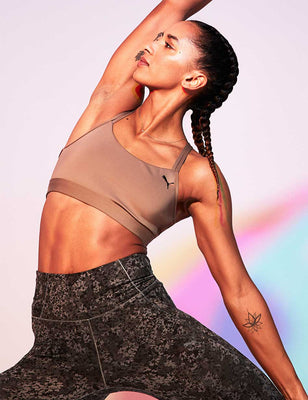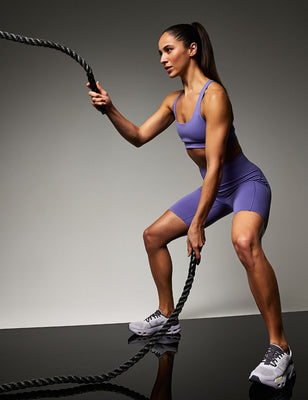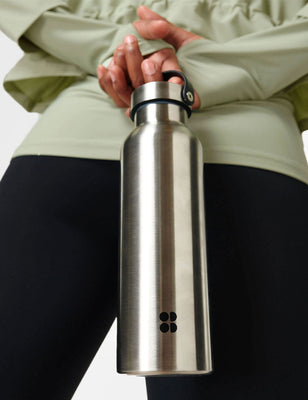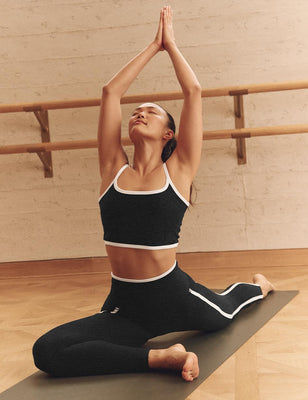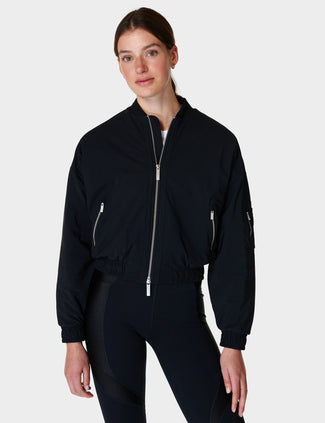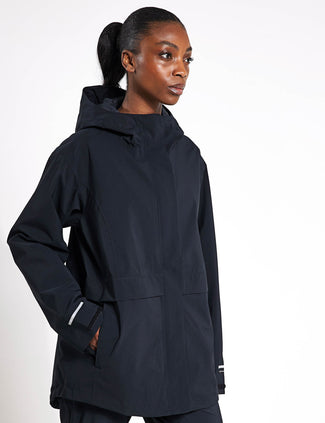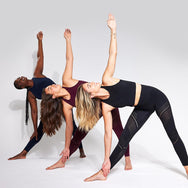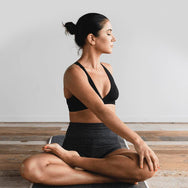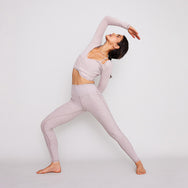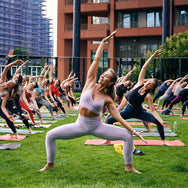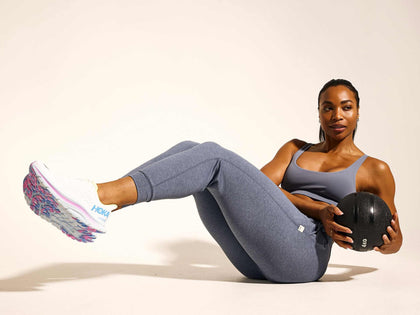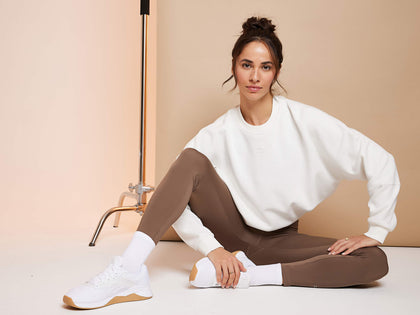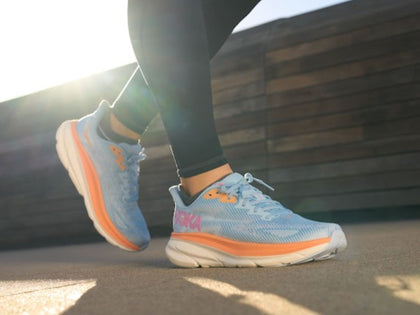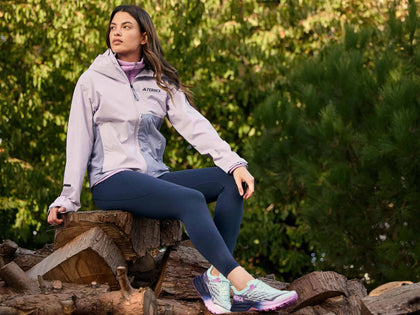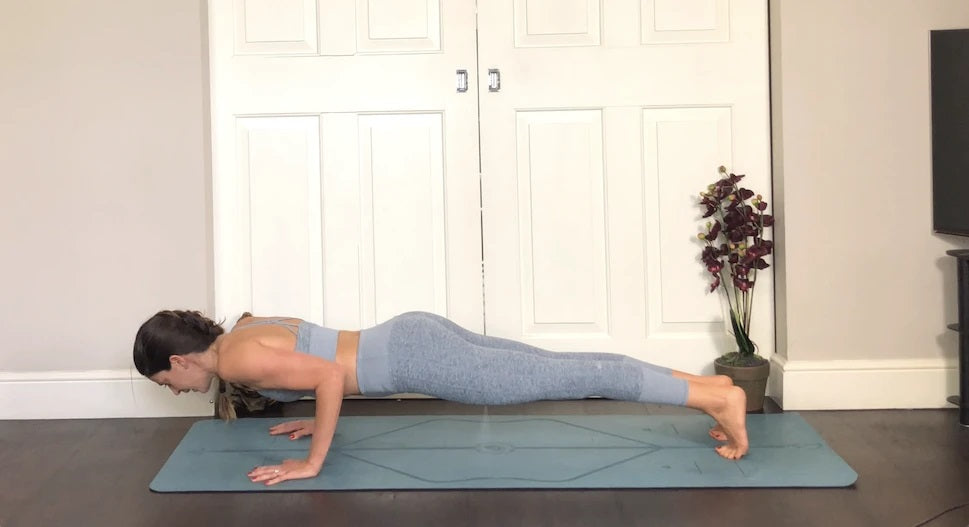
What is Chaturanga Dandasana?
Sometimes called four limbed staff pose, low-plank or yoga push-up, but whatever you choose to call it - it’s HARD!! It’s one of the most common poses that yogis struggle with as it needs a huge amount of strength in both the upper and lower body.
Letting go of ego when trying to master Chaturanga is mandatory. It’s key to have that mind body connection and to know when to modify to help build strength for the full version and to avoid injury. I can’t remember the last time I went to a dynamic vinyasa class without modifying at least one Chaturanga by dropping my knees!
Taking time to build the foundational strength to really master Chaturanga will enhance your practice and make things like arm balances that little bit easier!

Correcting common struggles in Chaturanga
Hand placement
Start in plank with wrists over shoulders. Before lowering down slightly shift forwards so the shoulders come over the wrists. It can help to imagine a yoga block on your back as you lower to help your body come down in one straight line.
Shoulders dipping at the bottom
If your shoulders dip too low, you can put unnecessary pressure on the joints and you risk injuring the rotator cuff muscles. Controlling the movement is key. Only go down as far as you can control and avoid going past a 90-degree angle between the upper and lower arms. You also want to lower down pushing the hands firmly into the mat and broadening through the collarbones.
Winging elbows
As you lower from plank, keep the elbows hugging in towards the waist and pointed towards the back of the mat.
Sinking hips
If the core isn’t engaged or strong enough, the hips can sink as you start to lower. Lift the pelvic floor and draw the navel up and in as you lower (mula and uddiyana bandha). If the hips still sink, try dropping the knees.

Lifting hips
If your hips lift as you lower, check your alignment in plank and that the feet are far enough back. Before lowering down slightly shift forwards so the shoulders come over the wrists.
Neck dropping as you lower
Try bringing your drishti (gaze) slightly ahead of you rather than straight down. This will help keep the neck and spine neutral as you lower.
Lazy legs
Check in with your legs and check they are active and helping you in the pose. Lift the kneecaps to engage the quads, draw the heels back and gently squeeze the glutes.
What are the benefits of Chaturanga Dandasana?
-
It helps build strength in the arms, shoulder, core, back and legs!
-
It helps prepare you for more advanced postures particularly for arm balances, inversions and backbends.
-
It helps develop stability in your core.
Tops drills for Chaturanga Dandasana:
All of these drills can be performed in tabletop, kneeling plank or full plank. They help build strength in the muscles used in Chaturanga. See the full length YouTube video for instructions and try performing 10 reps of each and repeating for 2 or 3 rounds.
-
Elbow rotations
This drill activates the rotator cuff muscles that externally rotate the shoulder joint. It also helps to train the body to keep the elbows tucked in.
-
Scapula pushups
This targets the serratus anterior muscle under the shoulder blade which is important for shoulder stability during any arm movement. A strong serratus anterior is beneficial for all arm balances.
-
Plank hold
Amazing for the core, legs and shoulder stabilising muscles. Plank is also helpful to condition your body to keep good alignment throughout Chaturanga.
-
Chaturanga pushups
Helps to strengthen the triceps which helps hold the low plank position.
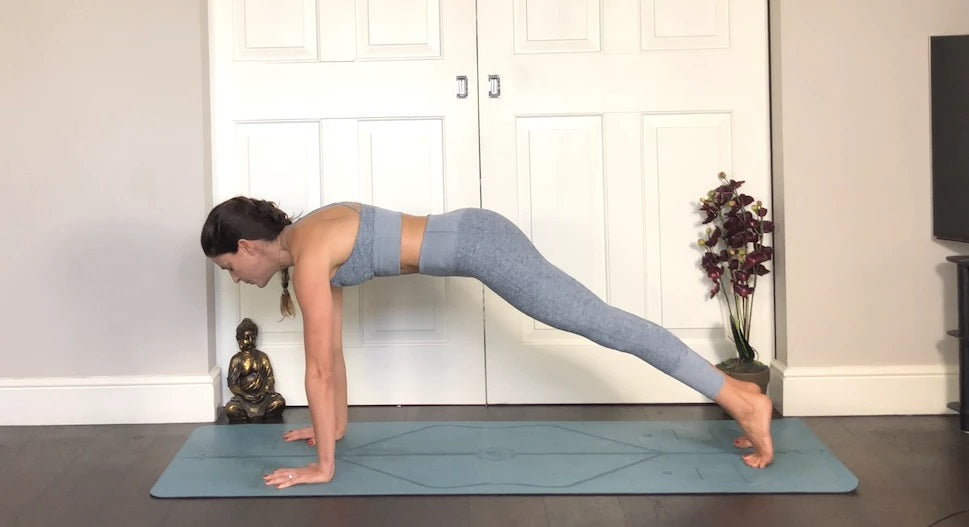
Step by step Chaturanga Dandasana
-
Start in plank with wrists over shoulders.
-
Engage the core by lifting the pelvic floor (mula bandha) and hugging the navel up and in (uddiyana bandha).
-
Draw the heels back, lift the kneecaps and gently squeeze the glutes.
-
Push the hands firmly into the ground to draw the shoulder blades away from the spine and broaden across the collarbones.
-
Gaze slightly forward, keeping the neck long.
-
Before lowering down slightly shift forwards onto the toes so the shoulders come over the wrists.
-
Slowly lower with control, it can help to imagine a yoga block on your back to help your body come down in one straight line.
-
Draw the elbows in towards you and lower as far as you can control the movement but no lower than a 90-degree angle between the upper and lower arm. Remember that there is ALWAYS the option to drop the knees!
Conclusion
Chaturanga Dandasana is one of the most common yoga poses, and it's also one with the most common mistakes by yogis. This may be due to strength this posture demands from both the upper and lower body; it may look simple, but it is not! It is worth putting in the effort to get the posture just right, as this is a foundational pose of most yoga practices. Use this drills to train up your approach to Chaturanga Dandasana, and avoid easy errors called out in this guide. Yogis should avoid practicing this asana if you have carpal tunnel syndrome, wrist complaints, a shoulder injury, a back injury or if you are pregnant.
Check out Hannah's Youtube Channel here.
